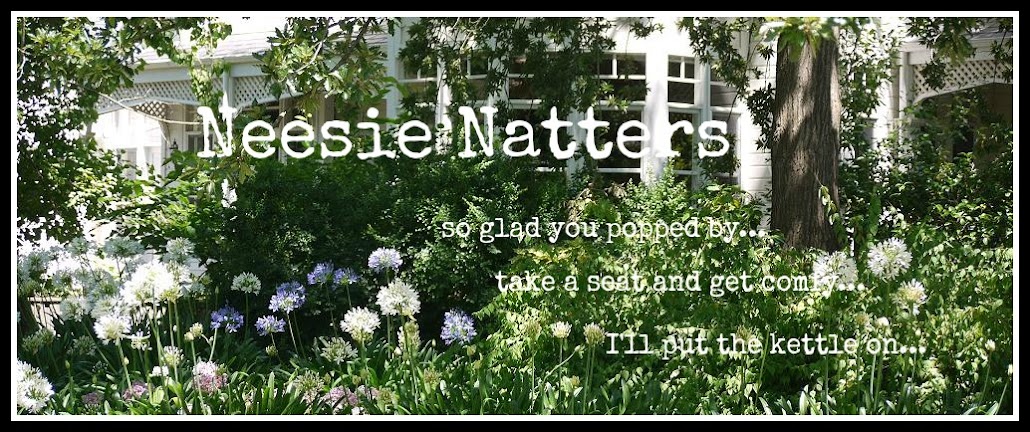Yet again a beautiful day here...I know I'm beginning to sound like a broken record, but its true.
So off we went on our morning walk using the new duel lead. Its been so funny since Zac came to stay seeing all their antics and none more so than getting the hang of this. It started out like a push me pull you kind of thing. One would want to stop and sniff whilst the other was keen to keep walking. Or worse still both pulling in different directions. But we seem to be over that now and working as one in harmony.
They're getting on great and here's the proof....
So if your viewing this from some tropical island - you'll know he's fine and not missing you at all when you see this... lol ; D
We were going so fast its nearly a blur....
I hope this little video works....I've got my fingers crossed. But I think it needs some suitable music to accompany it...but its getting very late here, so that may have to be a project for another day.
In a garden en route we came across this improvised bird feeder, with a little visitor....a rainbow lorikeet. I told him where I knew of a five star restaurant with a huge block of bird seed, so I hope he comes to call soon.
But then he was gone......just a flash of colour.
It was definitely a day for the birds, because we then came across a small flock of Galah's. I can never remember the name of these birds but thankfully someone else did.
{Galah - Scientific name: Cacatua roseicapilla}
The Galah can be easily identified by its rose-pink head, neck and underparts, with paler pink crown, and grey back, wings and undertail. Birds from the west of Australia have comparatively paler plumage. Galahs have a bouncing acrobatic flight, but spend much of the day sheltering from heat in the foliage of trees and shrubs. Huge noisy flocks of birds congregate and roost together at night.
Galahs form huge, noisy flocks which feed on seeds, mostly from the ground. Seeds of grasses and cultivated crops are eaten, making these birds agricultural pests in some areas. Birds may travel large distances in search of favourable feeding grounds. Galahs form permanent pair bonds, although a bird will take a new partner if the other one dies. The nest is a tree hollow or similar location, lined with leaves. Both sexes incubate the eggs and care for the young. There is high chick mortality in Galahs, with up to 50 % of chicks dying in the first six months. Galahs have been recorded breeding with other members of the cockatoo family, both in the wild and captivity.
And finally here's a little quiz....which country was this photo taken in? Would you believe it IS Melbourne....see I told you its so like the UK here. The cricket season has just begun with the resonating sound of ....'Ow's that?'
Have a brilliant fun packed weekend - whatever you get up to.....






No comments:
Post a Comment
I get so excited to see you here and love to read your thoughts and comments.
I always try to answer each one personally (I think it's only polite)
...♥...I truly appreciate your precious time here so thank you ...♥...